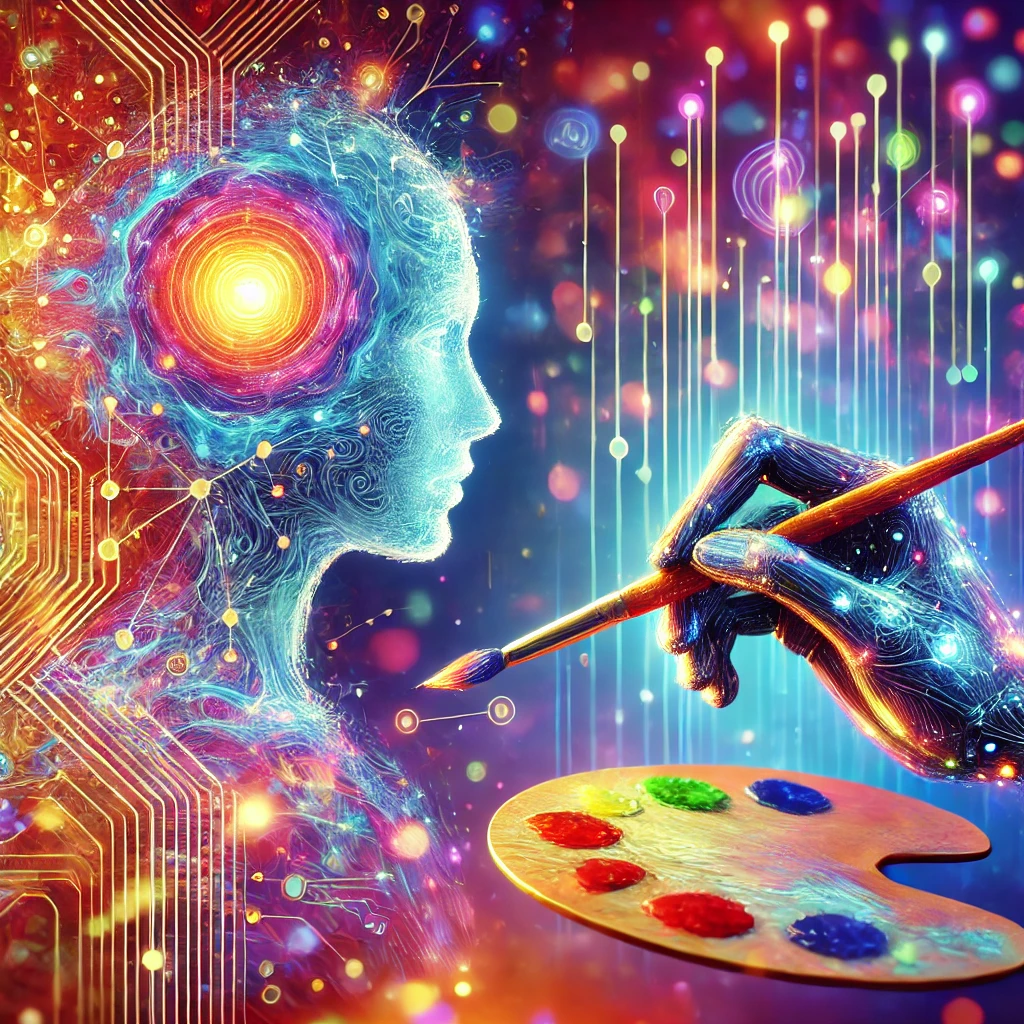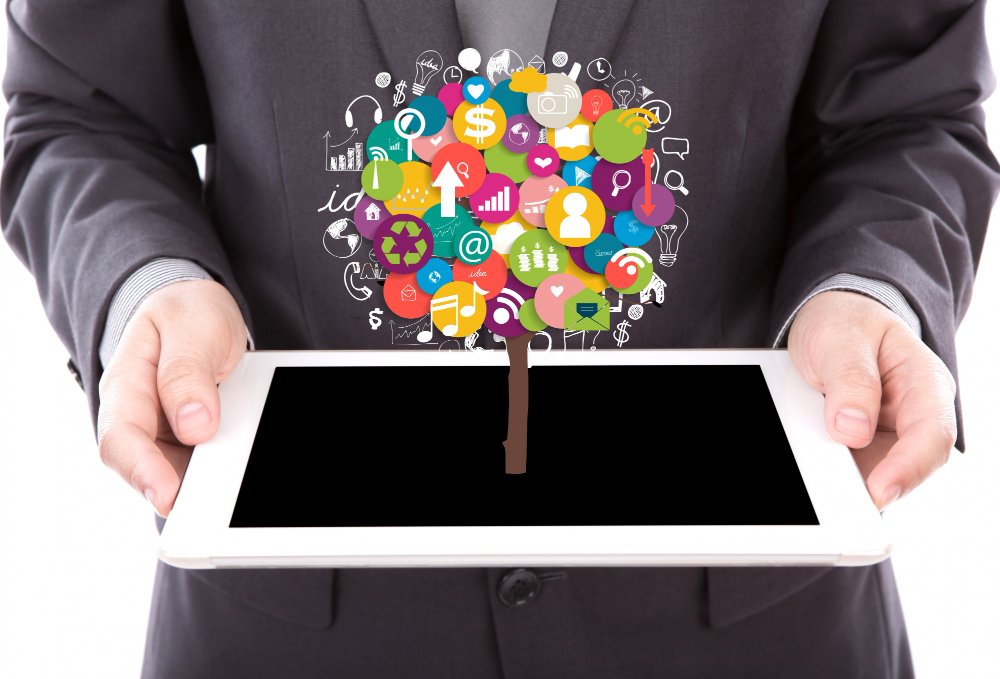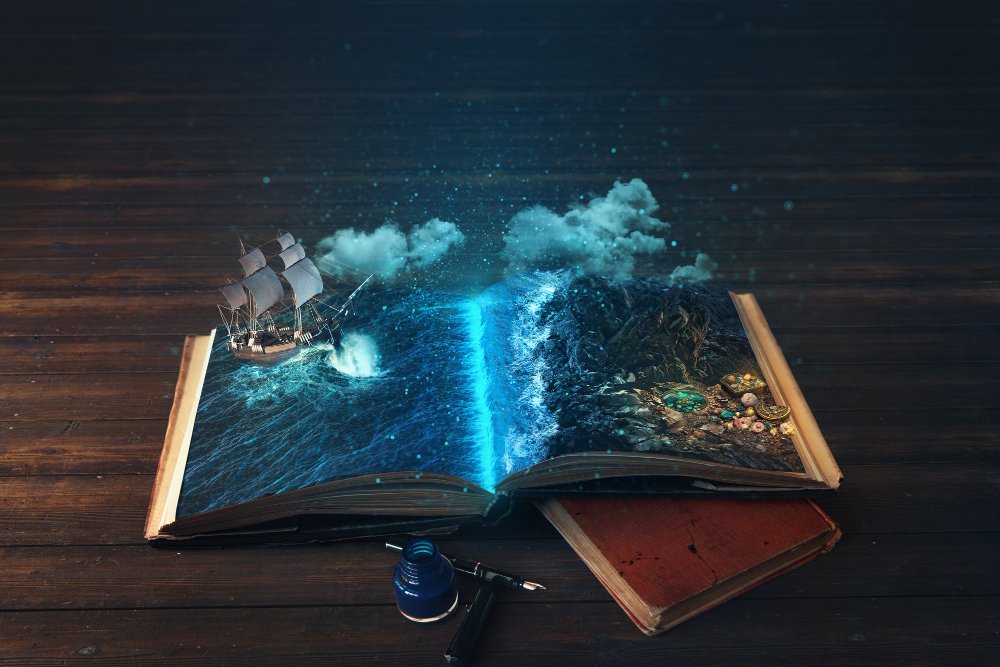Explore the power of the text-to-image generator to bring your creative ideas to life with ease and precision.
The integration of artificial intelligence into creative processes has been changing industries and redefining the boundaries of art. Probably the most astonishing innovation in this respect is the development of image generation by means of AI using textual descriptions, which lets ideas be visualized in an unparalleled manner.
How AI-Powered Text-to-Image Technology Works
These tools use deep machine learning models to analyze textual input and generate images that match the elements described. By decoding the meaning of words and interpreting context, these systems deliver visuals from photorealistic scenes to abstract art.
But this is not about pictures; this is about bridging the gap between language and imagery, enabling new possibilities for communication, storytelling, and design.
Applications Across Industries
The potential of such tools is immense, ranging from:
- Marketing and Advertising: Custom visuals for campaigns can be created in record time, reducing production by half and costs.
- Education: Teachers and trainers will be able to create detailed images to explain complex concepts and make learning more interactive.
- Art and Design: Artists draw inspiration from these tools or experiment with new styles.
- Entertainment: Game developers, filmmakers, and writers are using this technology to make concept art, storyboarding, and world-building.
Why Professionals Are Embracing This Technology
- Efficiency: No more hours upon hours of searching through stocks for the perfect image to fit or designing from scratch.
- Cost-Effective Creativity: Giving small businesses and startups the ability to produce great visuals without large design budgets.
- Versatility: From illustrating blog posts to designing futuristic game environments, these tools can adapt to fit many needs.
Overcoming Challenges
As with any bleeding-edge technology, AI-generated imagery has its issues. There is the ethical consideration of maintaining original content integrity and misuse thereof. Much work is involved in understanding how biases are introduced into any AI model so that outputs can also be fair and representative.
Ahead Lies the Path
The development of creative AI tools is ongoing, and its future is bright, to say the least, with many exciting possibilities. More personalization, integration of virtual and augmented reality, and even more fidelity in visual representation—to name a few, are the developments to come.
In today’s fast-moving world, embracing such novelties is not about outrunning others but about unlocking new dimensions of creativity. Be it professional designers, marketers, or individuals intrigued by the art of visual storytelling, these tools prove an invaluable asset to idea-thirsty, visually impactful creatives.



